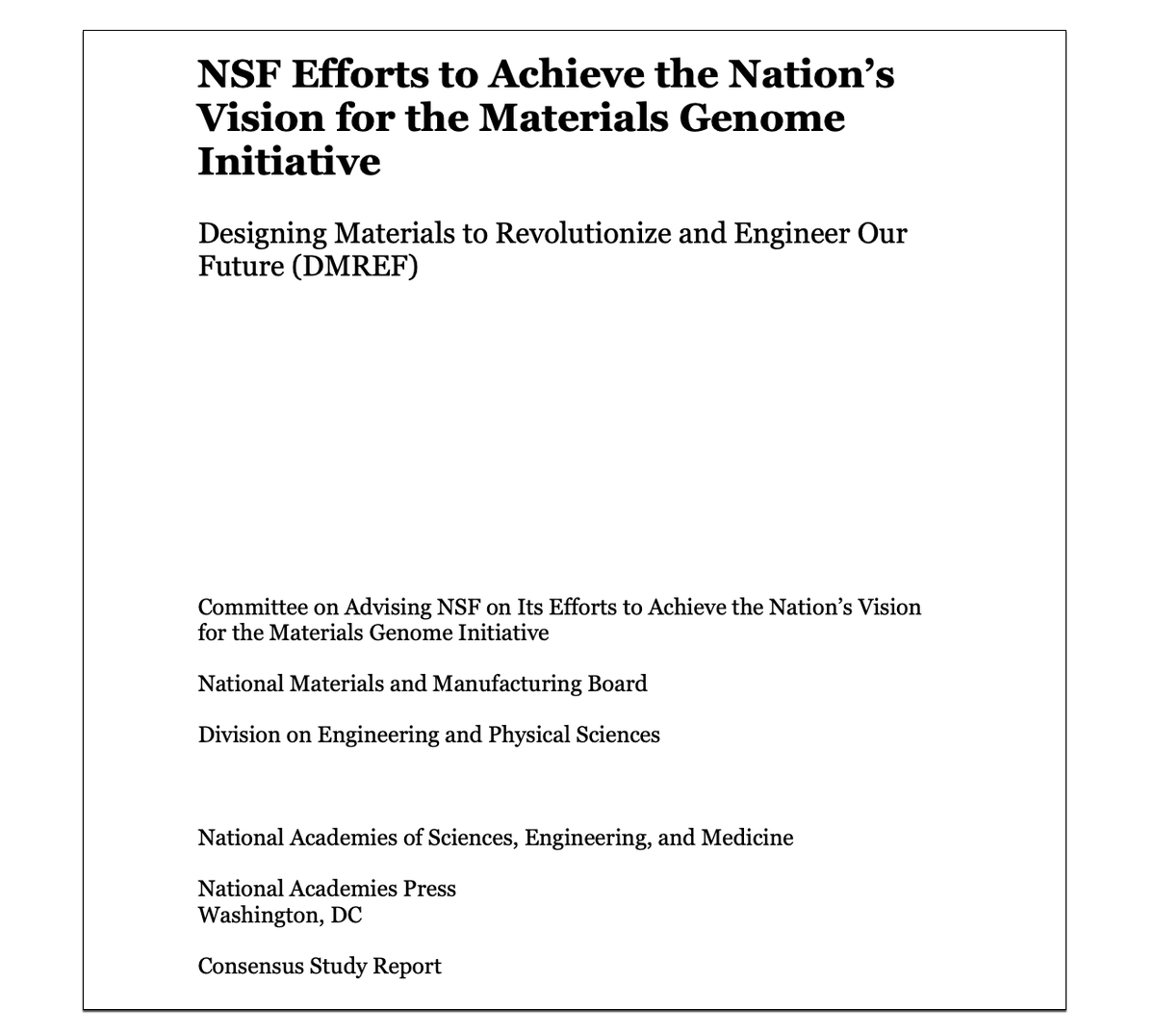How Has DMREF Fared in the Last Decade?
The National Academies of Sciences, Engineering, and Medicine recently published a report evaluating the goals and accomplishments of NSF’s DMREF Program.
By Divya Abhat

In June 2021, the National Academies of Sciences, Engineering, and Medicine (NASEM) launched a 15-month study of NSF’s Designing Materials to Revolutionize and Engineer Our Future (DMREF) Program in an effort to examine and evaluate the program’s accomplishments over the last decade as well as explore current and potential areas of growth. The NASEM committee that was charged with this effort published a report of its findings this week.
The primary goal of the DMREF Program, launched in 2011 as part of the Materials Genome Initiative, is, as stated in the report, “to help accelerate the design, discovery, development and deployment of advanced materials, and to reduce costs through the integration of advanced computation and data management with experimental synthesis and characterization.”
Has DMREF met that goal, and will it meet its ultimate goal “to deploy advanced materials that meet national priorities at least twice as fast as possible today at a fraction of the cost by deliberately engaging industry and federal agencies”?
{{"DMREF’s focus on fundamental science and theoretical-experimental integration in a 'bottom-up' framework has produced groundbreaking research on many fronts."}}
It has. As stated in the report, “The committee found that DMREF’s focus on fundamental science and theoretical-experimental integration in a “bottom-up” framework has produced groundbreaking research on many fronts that has been critical to the progress of the MGI, and work supported by DMREF will continue to be critical to the continued progress of the MGI as the program evolves into the future. Furthermore, this focus has had critical impact on reshaping education and practice within materials science and engineering.”
In addition to presenting its findings, the committee also provided recommendations that include a call for DMREF to continue to engage projects that identify and fill gaps in computational approaches as well as encourage partnerships and collaborations between government laboratories to achieve much-needed diverse perspectives on key scientific challenges pertaining to the Materials Genome Initiative.